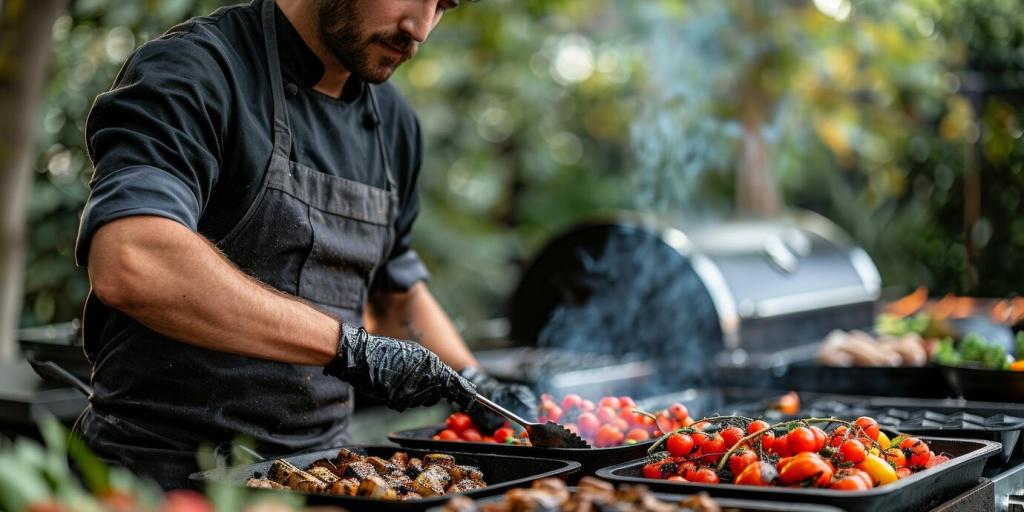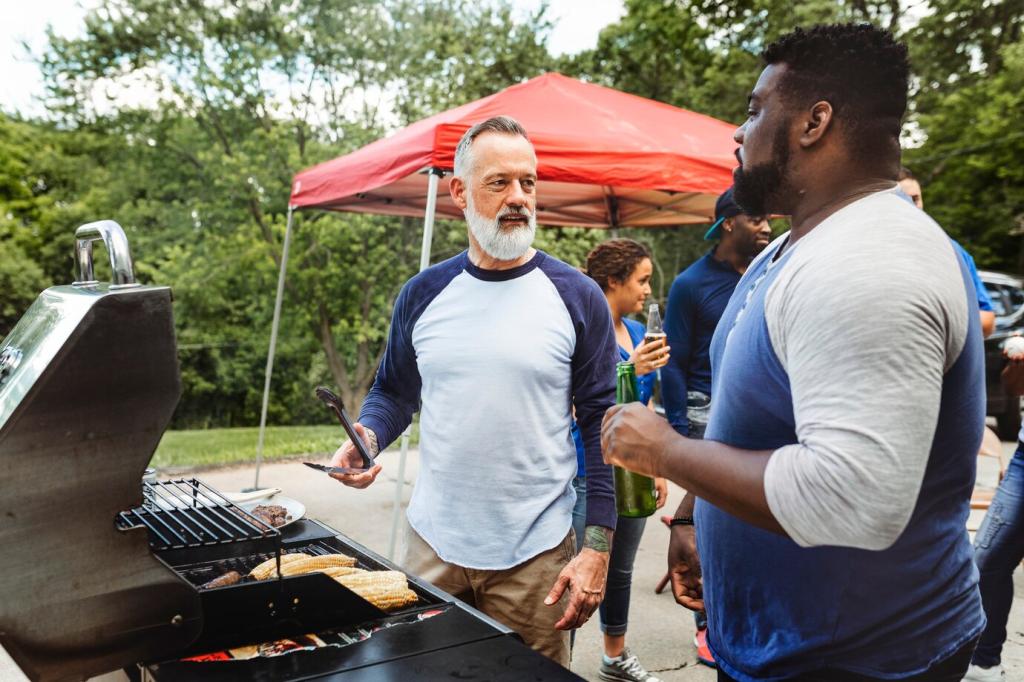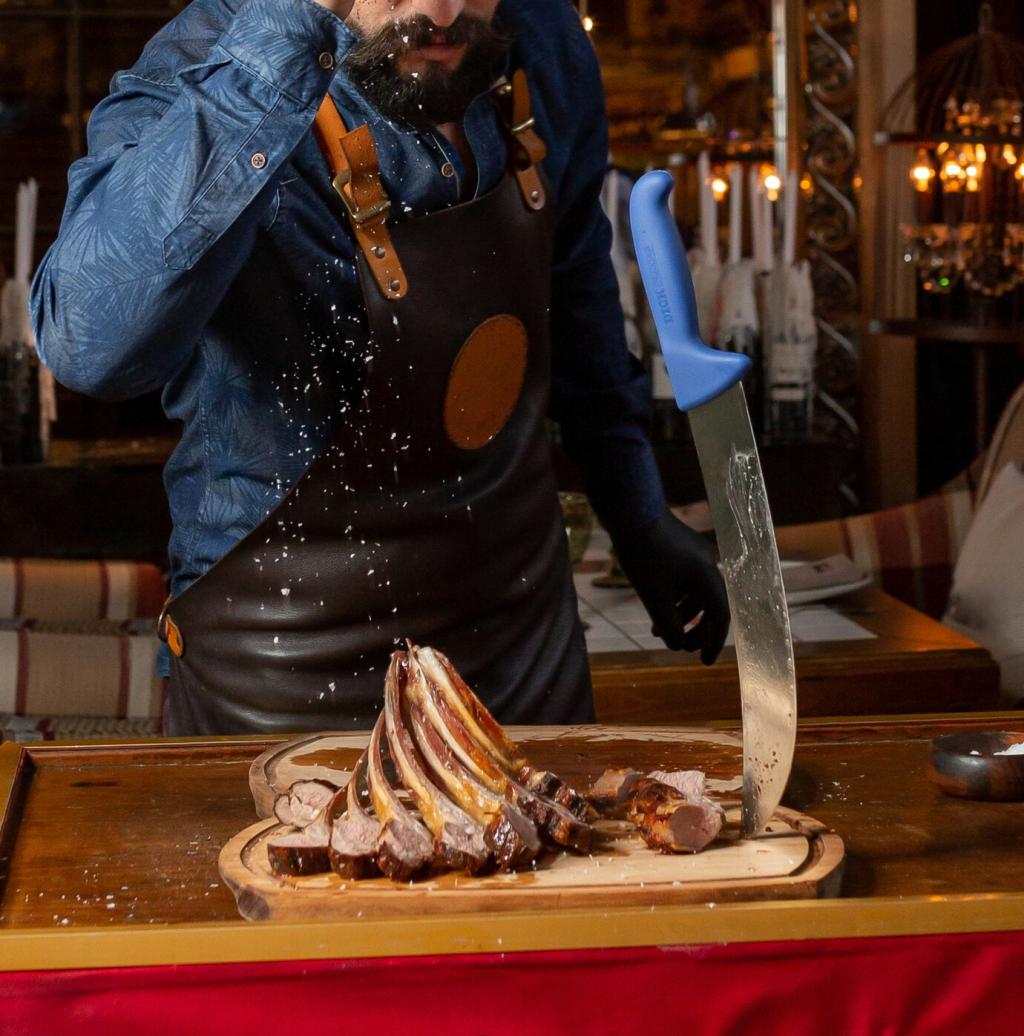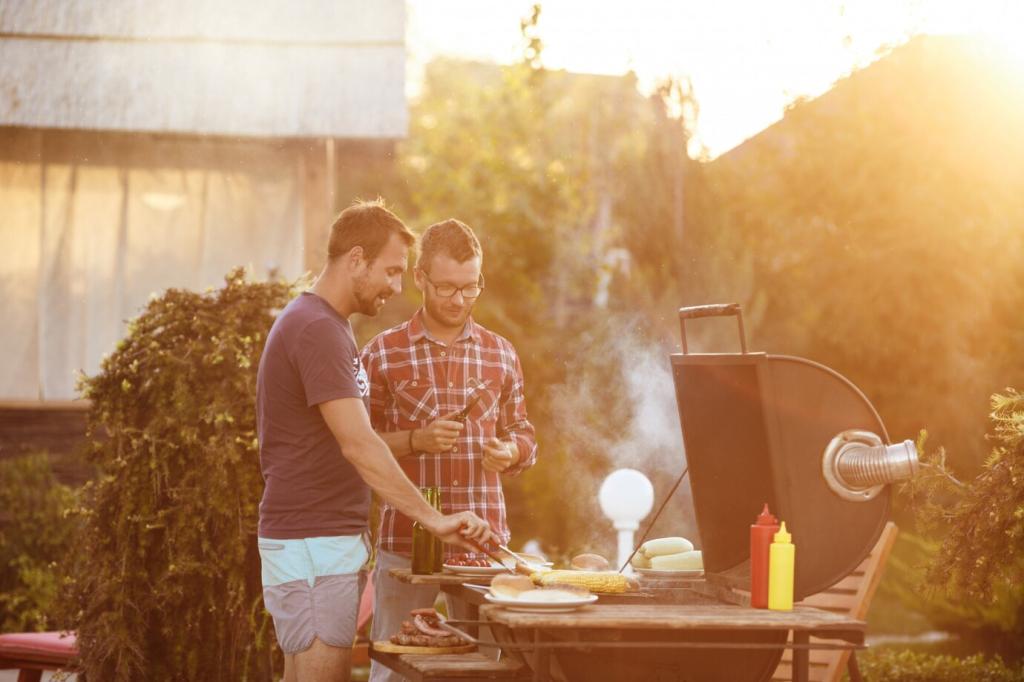Serving and Leftovers: Safe Timing and Storage
Vegetables are low risk compared to meats, but time still matters. Avoid leaving platters out for more than two hours, or one hour in high heat. Keep a warm side of the grill ready to reheat gently. What’s your strategy for serving waves of hungry guests?
Serving and Leftovers: Safe Timing and Storage
Marinades can hide allergens like nuts, sesame, soy, or dairy. Use simple labels or a small chalkboard to list ingredients near platters. Invite guests to ask before serving themselves. Your thoughtful communication keeps everyone safe and relaxed around the grill—share your labeling hacks.
Serving and Leftovers: Safe Timing and Storage
Transfer leftovers to shallow containers so they cool quickly, then refrigerate promptly. Reheat on the grill over indirect heat to avoid scorching, or warm gently in a skillet. If texture softens, brighten with fresh herbs and lemon. Tell us your favorite leftover grilled vegetable transformations.







